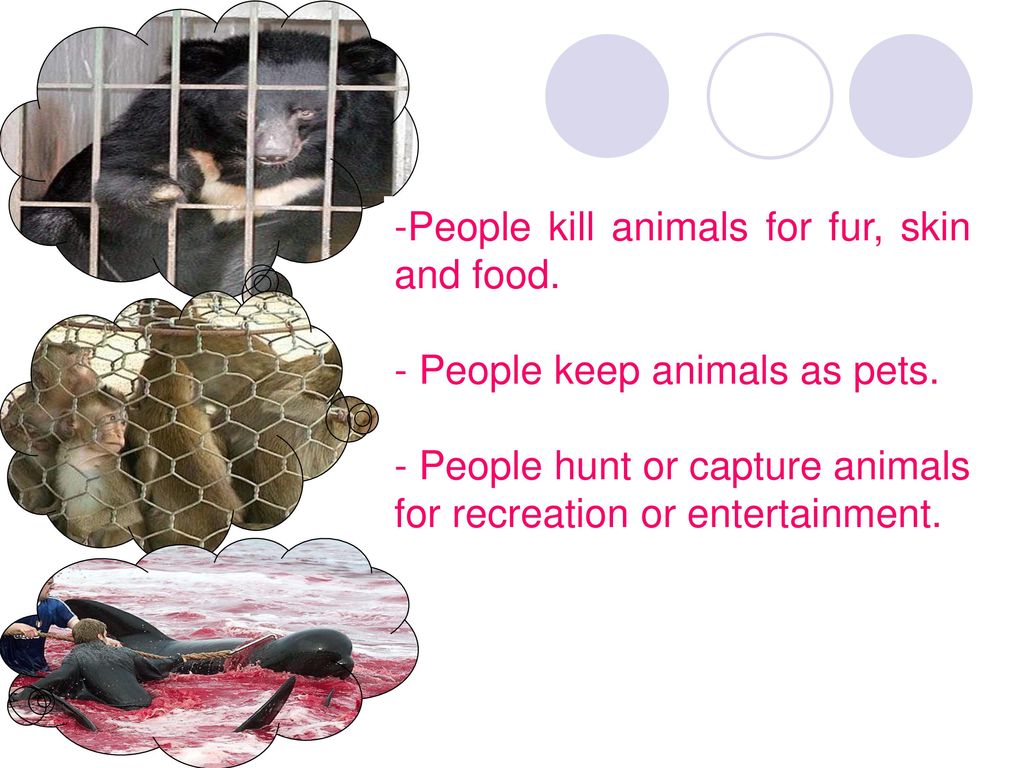In the tapestry of life, every creature plays an intrinsic role, connected through a web of existence that binds all forms of life. Yet, within this interconnectedness lies a dark thread: the act of killing animals. This act invites a host of words that encapsulate the various reasons, motivations, and ethical considerations behind it. But what do we call those who engage in such actions? The nomenclature we utilize can often carry profound implications, reverberating through our societal norms and ethical frameworks.
At the most fundamental level, the term “hunter” conjures images of an individual clad in camouflage, navigating the wilderness on a quest for sustenance. Historically, the hunter was crucial for survival, providing food and resources for their community. Yet, in modern society, as ethical considerations evolve, the term has taken on varied connotations, resembling a double-edged sword that piques curiosity but also induces contention. This juxtaposition showcases the critical distinction between necessity and leisure, the survivalist versus the sportsman.
On the other end of the spectrum lies the term “poacher,” a designation fraught with moral transgressions. Poaching evokes images of clandestine ventures into protected territories, where the delight of illegal hunting births a host of ecological repercussions. The poacher is often characterized by a blatant disregard for the rules governing wildlife conservation, driven by profit or thrill rather than sustenance. Hence, the word encapsulates not just an action but also an ethical failing, robbing future generations of their natural heritage.
Every word is laden with significance, and the categorical label “butcher” serves as another illustrative example. Originally a neutral term, signifying one who prepares meat, its etymological roots linger in darker territories. The butcher’s craft, while vital to many cultures, raises the question: at what cost do we procure our sustenance? When one recognizes the sentience of animals, the label shifts from merely occupational to a reflection of societal values, beckoning introspection.
Grammar and lexical choices often wield the power to frame discourse on animal fatalities. The term “exterminator” reflects a somewhat chilling autonomy over life itself. This word carries implicit connotations of annihilation, particularly associated with pests or vermin. Yet, one must ponder—does not every animal have a role, extending beyond mere utility? The exterminator, often lionized in pest management, unwittingly contributes to a narrative that prioritizes human comfort over ecological balance.
As one delves deeper into the complexities of human-animal interactions, the phrase “animal rights violator” emerges as a poignant denotation for individuals or societies that engage in cruelty. Cruelty, with its insidious ramifications, extends beyond the individual act of killing and forces society to confront its moral responsibilities. Is it complacence, ignorance, or a deliberate choice that leads societies to condone or even celebrate acts of violence towards animals?
In exploring the kaleidoscope of terminologies, the word “activist” surfaces as an antithesis to those who kill animals. Yet, the activist is not merely in opposition; they embody a profound transformation. At the heart of their commitment lies a commitment to safeguard those who cannot speak for themselves. The very fabric of activism is interwoven with empathy, cultivating an environment that honors life in myriad forms. It’s a call to consciousness, urging society to evolve beyond the narrow confines of survivalism towards a more harmonious existence with all sentient beings.
As we ponder upon the distinctions among these labels, it’s crucial to acknowledge that language shapes perception. The metaphors we employ not only describe the nature of actions but also reflect societal values. A person who kills animals may be a hunter in one frame and a violator in another, depending on context and ethics. As such, the discourse surrounding these terms becomes an embodiment of our collective values and moral compass.
The dichotomy between killing for survival and killing for sport or pleasure serves as a poignant distinction within society. One invokes the survival instinct, a primal dance with nature, while the other leans towards hedonism—a stark reminder of humanity’s estrangement from its origins. Language acts as a mirror, revealing the complexities of our relationship with nature and life itself. It magnifies the ethical dilemmas borne out of cultural norms and invites discourse on conservation, stewardship, and the sanctity of life.
Furthermore, the shifting lexicon reflects evolving values. Phrases like “humane slaughter” strive for a paradoxical insignia—a quest for compassion amidst brutality. Such terms challenge us to explore the boundaries of ethical treatment, prompting dialogues that dissect our values surrounding life and death in the animal kingdom. They compel society to question: can one truly be humane while brandishing the blade?
In conclusion, the words we choose when discussing those who kill animals permeate deeper than surface-level definitions. They encapsulate a spectrum of moralities, from survival to exploitation, from stewardship to annihilation. These reflections guide the prevailing narrative surrounding humanity’s coexistence with the myriad manifestations of life it shares this planet with. As stewards of language, it is imperative to engage thoughtfully with these terms, recognizing their weight and impact on our evolution as compassionate beings. In doing so, we ensure that every syllable is a step towards a more enlightened understanding of our duty to protect and preserve the intricate web of life that sustains us all.










